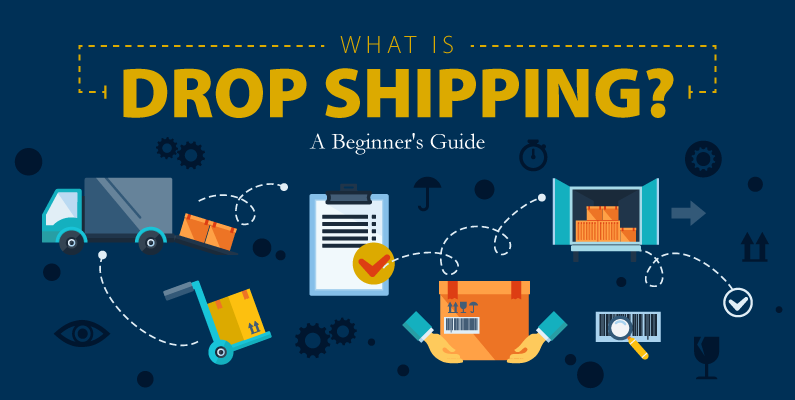What Is Dropshipping ?
Dropshipping is a retail fulfillment method where a store doesn't keep the products it sells in stock. Instead, when a store sells a product, it purchases the item from a third party and has it shipped directly to the customer. As a result, the merchant never sees or handles the product. The biggest advantage of dropshipping is that it requires minimal upfront investment since you don't have to purchase inventory in advance. It's popular among entrepreneurs starting online businesses because it allows them to focus on marketing and sales without the hassle of managing inventory or fulfillment. However, dropshipping also comes with its own set of challenges, such as lower profit margins and less control over inventory and shipping processes.
How to Dropship?
To start dropshipping, you can follow these steps:
Choose a niche: Decide on the type of products you want to sell. Consider factors like market demand, competition, and profit margins. It's often helpful to focus on a specific niche to target a more defined audience.
Research suppliers: Find reliable suppliers who offer dropshipping services for the products you want to sell. Look for suppliers with a good reputation, quality products, competitive prices, and reliable shipping times. You can search for suppliers through online directories, such as Alibaba, or use platforms like Oberlo, AliExpress, or SaleHoo.
Create an online store: Set up an e-commerce website where you'll sell your products. You can use platforms like Shopify, WooCommerce, or BigCommerce to easily build and customize your store. Make sure your store is user-friendly, visually appealing, and optimized for conversions.
Select products: Import the products you want to sell from your chosen suppliers to your online store. Write compelling product descriptions, and add high-quality images to showcase your products effectively.
Set pricing: Determine your pricing strategy, taking into account the cost of the products, shipping fees, and your desired profit margin. Be competitive with your pricing while still ensuring profitability.
Market your store: Implement marketing strategies to drive traffic to your store and attract potential customers. This can include social media marketing, search engine optimization (SEO), email marketing, influencer partnerships, and more.
Process orders: When a customer places an order on your store, forward the order details to your supplier. The supplier will then ship the product directly to the customer. Make sure to communicate with your customers and provide excellent customer service throughout the order fulfillment process.
Manage customer inquiries and returns: Handle customer inquiries promptly and professionally. Be prepared to address any issues or concerns that may arise, including returns or refunds.
Optimize and scale: Continuously monitor your store's performance and make adjustments as needed to improve sales and profitability. Once you've established a successful dropshipping business, consider scaling by expanding your product offerings, targeting new markets, or investing in additional marketing efforts.
Remember that dropshipping requires ongoing effort and attention to be successful. Stay proactive, keep learning, and adapt to changes in the market to stay competitive.

Comments
Post a Comment